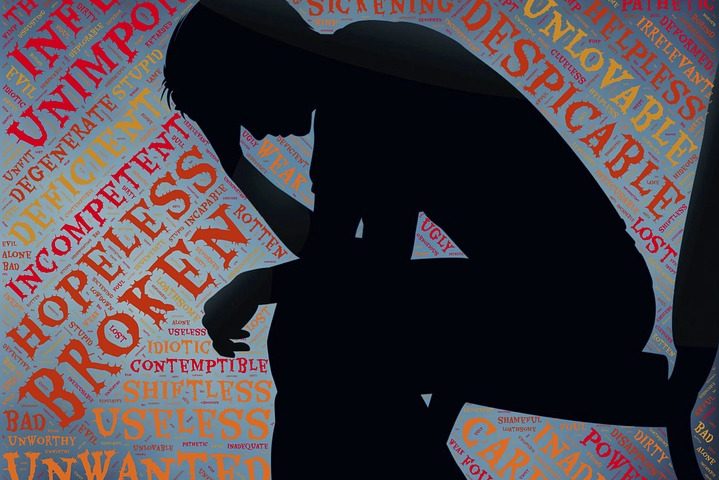Mental Health Disorders and the Fellas: A Noiseless Predicament.

Asthma: A Manageable Chronic Lung Disease!
June 19, 2019
Childhood Obesity: An Exploded Epidemic
July 16, 2019“Men are strong”, “men can handle anything”, “it is belittling for a man to ask for help”. These are some of the phrases you hear in communities around world. No wonder we have disparities when it comes to men’s mental health and their overall general health. Due to these phrases, most men will not seek help for mental health disorders or even for their overall physical health. Unity Behavioral Health, a drug and rehabilitation center states that “Due to several millennia of male socialization and certain biological predispositions, many men around the world suffer from mental health difficulties in silence, leading to a host of other potential problems.”

Let’s explore some factors causing an increase in mental health disorders among men. Due to some traditional societal pressures such as being the family provider and the macho nature of most men around the globe, most fellas are less likely to seek help for mental health disorders resulting in them suffering in silence. Evidence suggests that the rates of various mental health disorders among men are high and specifically lead to suicide and substance abuse. There appears to be a connection between substance abuse, suicide, and mental health. For instance, suicide is said to be the leading cause of death among people with substance use disorders. Some of the statistics are disturbing, for instance a referenced article by United Behavioral Health indicated that; “Around the world, men are 3 to 7.5 times more likely than women to take their own lives.” Despite these findings “Rather than openly discuss problems, the more “manly” thing to do is “tough it out” on your own. This is something that is drilled into male psyches from birth.” (Unity Behavioral Health).
I guess the question is: how can we help the men in our lives deal with mental health disorders? I suggest, we start by creating a supportive and loving environment where they feel comfortable to share their feelings and talk about any form of mental health disorders.
The truth is that most men struggle to conform to the traditional societal norms of being the primary provider. This kind of pressure and the inability to balance work and family can sometimes result in a mental breakdown. Mental health disorders can be treated, and recognizing the warning signs is the first step toward helping your loved ones get needed treatment.
Mental health disorders are real and the struggle is real for both genders but to properly understand how to eliminate the stigma of asking or seeking help for men “More research into what would make men more likely to seek treatment for mental illnesses and other health issues is needed. However, perhaps the first step in the process involves changing the narrative about what it means to be a man.” (Unity Behavioral Health).
Clearly, efforts (i.e. public health programs) should be geared towards ensuring that mental health disorders among men be given special and extra attention. Doing this might help reduce the rates of suicide, depression, and substance abuse in the male population.
It is important to be supportive of our fellas because when it comes to mental health, preventive measures can be taken to avoid future complex disorders. Contact us for assistance! Let’s keep the conversation going!
Warning Signs
National Institute of Mental Health (NIMH) states “Men and women can develop most of the same mental disorders and conditions but may experience different symptoms”. Some symptoms include:
- Anger, irritability, or aggressiveness
- Noticeable changes in mood, energy level, or appetite
- Difficulty sleeping or sleeping too much
- Difficulty concentrating, feeling restless, or on edge
- Increased worry or feeling stressed
- Misuse of alcohol and/or drugs
- Sadness or hopelessness
- Suicidal thoughts
- Feeling flat or having trouble feeling positive emotions
- Engaging in high-risk activities




